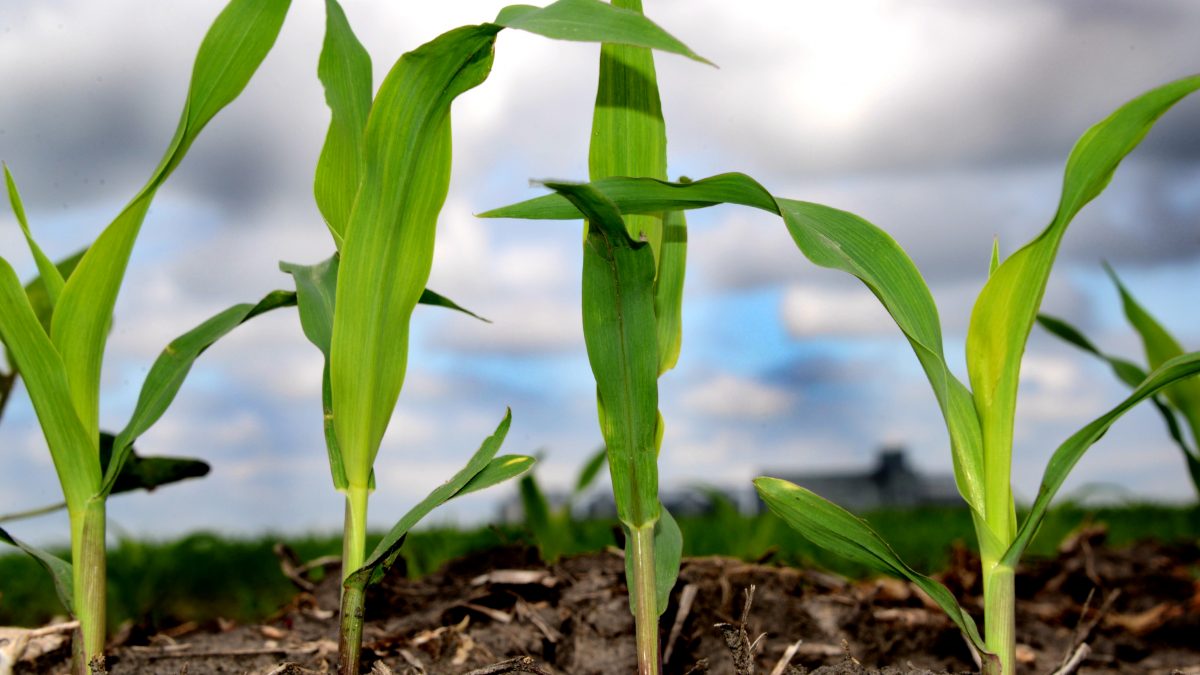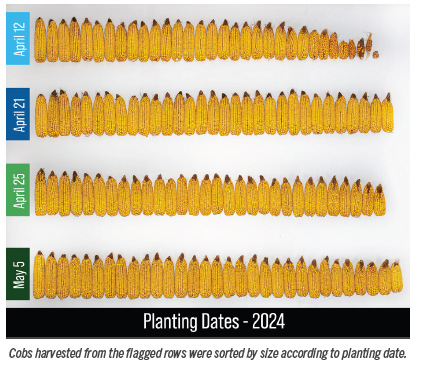Use Multiple Year Data to Make Seed Decisions

Seed decision-making season is in full swing. With an overwhelming amount of data available at the click of your mouse, it can be difficult to know what resources to utilize to help you make the best-informed seed decision.
At Peterson Farms Seed, we test and evaluate a multitude of genetics for both corn and soybeans. I cannot emphasize enough that it is imperative to evaluate multiple year data from numerous locations. When I compare two products, it is ideal to have more than 10 head-to-head comparisons from at least two years. This provides the best indication of how genetics may differ among varieties. Of course, some varieties perform better on certain types of ground due to agronomic traits (phytophthora, wet feet tolerance, SCN, IDC, salt tolerance), but I sort out those differences during the summer while walking strip plots and replicated test locations.
Plot data isn’t everything though. We have hybrids that may never win a plot but perform exceptionally well across a field, leading to higher field averages. And higher yield is where you get paid–more total bushels produced in your fields, not the best number in a strip plot.
Growing conditions in the upper plains are varied and unpredictable – much more so than in the central Midwest. 2012 was dry throughout the entire year. 2013 and 2015 started wet, but turned dry throughout the growing season. Corn hybrids and soybean varieties respond quite differently to those two situations. Basing your decisions solely on the previous year’s performance is a mistake – and can result in placing some products incorrectly, leading to disease issues or poor performance.
No doubt, you will be approached by a seed salesman this winter, showing how well a specific product performed in a single plot. Be sure you question its performance in multiple locations (even if those locations aren’t close to home). What fields did the salesman see it in last year? In what conditions did it perform best, and where did it struggle?
The solution? Place products that perform well over multiple years on the majority of your acres. Then, take chances with newer genetics to “knock out a home run” on your highly productive ground. With the high degree of environmental variability our region experiences, this is a successful strategy to adopt for higher yields across your farm.
Wishing you a successful New Year!











